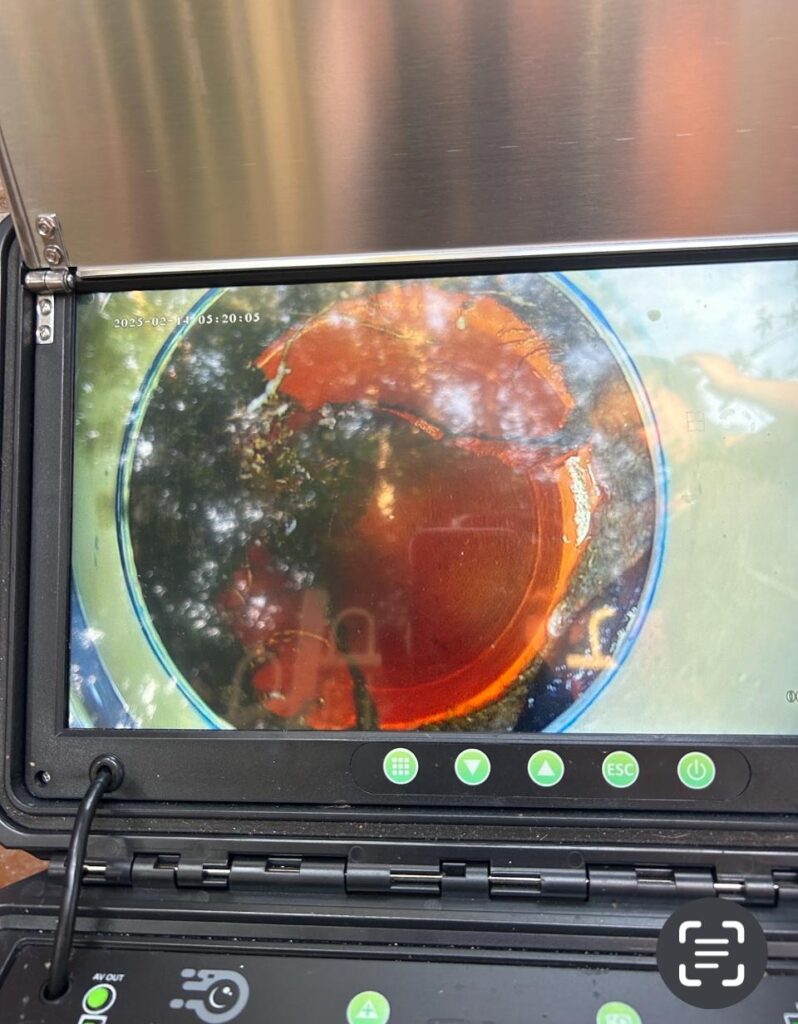The Best Trees to Plant to Avoid Blocked Drains in Sydney
Planting the wrong tree too close to your sewer or stormwater lines can cost you thousands in blocked drains, pipe repairs, and long-term structural damage. For homeowners in Sydney and especially the Sutherland Shire, where older terracotta pipe systems are common, tree root intrusion is one of the most frequent causes of drain failure.
If you’re landscaping or planting a new garden, choosing root-safe tree species is critical to protecting your underground infrastructure.
This guide outlines the best and worst trees to plant near drains and explains how to minimise plumbing damage while keeping your yard green.

Why Do Tree Roots Block Drains?
Tree roots naturally search for water and nutrients. Damaged or aging pipes—especially those made of terracotta or with existing cracks—leak moisture into the surrounding soil. Tree roots detect that moisture and grow toward it. Hairline roots can infiltrate small pipe joints or fractures and gradually grow into dense masses that block water flow, trap debris, and break pipes from the inside.
The problem intensifies during dry conditions when roots grow more aggressively to access water. That’s why some drains that function fine during wet months start backing up in a dry spell.
Read more about how tree roots block drains in Sydney.
Recommended Trees for Small Yards
- Tulipwood (Harpullia pendula)
- A native Australian tree reaching heights of 7–9 meters with a canopy spread of 2–4 meters.
- Fast-growing with a dense crown, pale grey bark, and greenish-yellow flowers in summer.
- Produces orange seed cases in winter.
- Tolerates dry conditions and adapts to most soils.
- Recognized for its non-invasive root system, making it suitable near infrastructure.
- Japanese Maple (Acer palmatum)
- A delicate tree growing up to 5 meters with soft, fern-like leaves.
- Features vibrant red, orange, and yellow foliage in autumn.
- Prefers shaded areas and is sensitive to hot sun and wind.
- Its shallow root system makes it less likely to interfere with underground utilities.
- Magnolia ‘Little Gem’ (Magnolia grandiflora ‘Little Gem’)
- A compact evergreen magnolia with rich glossy leaves and large creamy white fragrant flowers in summer.
- Smaller and more compact than the standard M. grandiflora, making it suitable for limited spaces.
- Requires moist roots during dry periods and dislikes being disturbed once established.
- Frost tolerant once established and useful as a screening plant.
- Dwarf Citrus Trees (e.g., Dwarf Lemon, Lime, Orange)
- Citrus trees are shallow-rooted, with the main mass of roots located in the top 30 to 40 cm of the soil under the canopy.
- When mulched properly, many important fibrous roots are found within 10 cm of the surface.
- Suitable for planting in pots or directly in the ground, provided they are placed at a safe distance from sewer lines.
- Frangipani (Plumeria spp.)
- A small tree known for its beautiful, fragrant flowers.
- Features a non-invasive root system, making it suitable for small spaces.
- However, it’s important to note that the sap can be an irritant, and caution is advised, especially in areas frequented by children

Trees to Avoid Near Sewer Lines
Certain trees are known for their invasive root systems, which can cause significant damage to underground utilities:
- Figs (Ficus spp.): Not recommended for any suburban gardens to highly invasive root systems. This is a common pot plant – Do not make the mistake to plant it!
- Willows (Salix spp.): Known for aggressive roots that seek out water sources, including sewer lines.
- Poplars (Populus spp.): Their fast-growing roots can infiltrate and damage pipes.
- Camphor Laurel (Cinnamomum camphora): An invasive species with a widespread root system.
- Liquidambar (Liquidambar styraciflua): Roots can damage pavements and underground utilities.
Planting Tips
- Distance: Even with non-invasive species, plant trees at least 3 meters away from sewer lines to minimize risks.
- Root Barriers: Consider installing root barriers before you plant out your garden! place them between trees and underground utilities for added protection.
- Regular Maintenance: Monitor tree growth and root spread, and consult with arborists for pruning and maintenance.
If you have specific concerns about tree selection or placement in your area, consulting with local councils or certified arborists can provide tailored advice.

Tree Roots Already Causing Problems? Here’s What to Do
If you’re seeing slow drains, foul smells, or gurgling after showers or flushes — it may already be too late. Roots may be inside your pipes.
We’ll:
- Inspect the drain with a CCTV camera
- Use hydro jetting to cut and flush root masses
- Offer pipe relining to seal cracked pipes permanently without digging
➡️ Learn more about pipe relining
Tree Roots & Responsibility: What If It’s Your Neighbour’s Tree?
In NSW, if a neighbour’s tree causes damage to your pipes, you may be eligible for compensation — but the rules depend on where the pipe runs and who owns the land.
- If the pipe is on your property, you’re usually responsible
- If the tree root intrusion is coming from a neighbour’s yard, you may need a report and possibly legal advice
- Sydney Water is responsible for mains infrastructure only, not private sewer lines
We can inspect the pipe, document the root cause, and help you take the next steps.
Smart Planting Tips to Prevent Root Damage
- Plant trees 3–6 metres away from known pipe locations
- Choose non-invasive species with shallow root systems
- Use root barriers when planting near services
- Avoid planting near freshly laid or repaired pipes — these are more vulnerable
- Schedule regular jetting to keep roots from reentering old pipe cracks
Final Thoughts
You don’t have to give up trees to protect your plumbing. But you do need to plant smart. If you’re unsure where your pipes run — or you’re already dealing with tree root problems — we can help.
➡️ Contact The Blocked Drain Guys for a root-safe inspection











